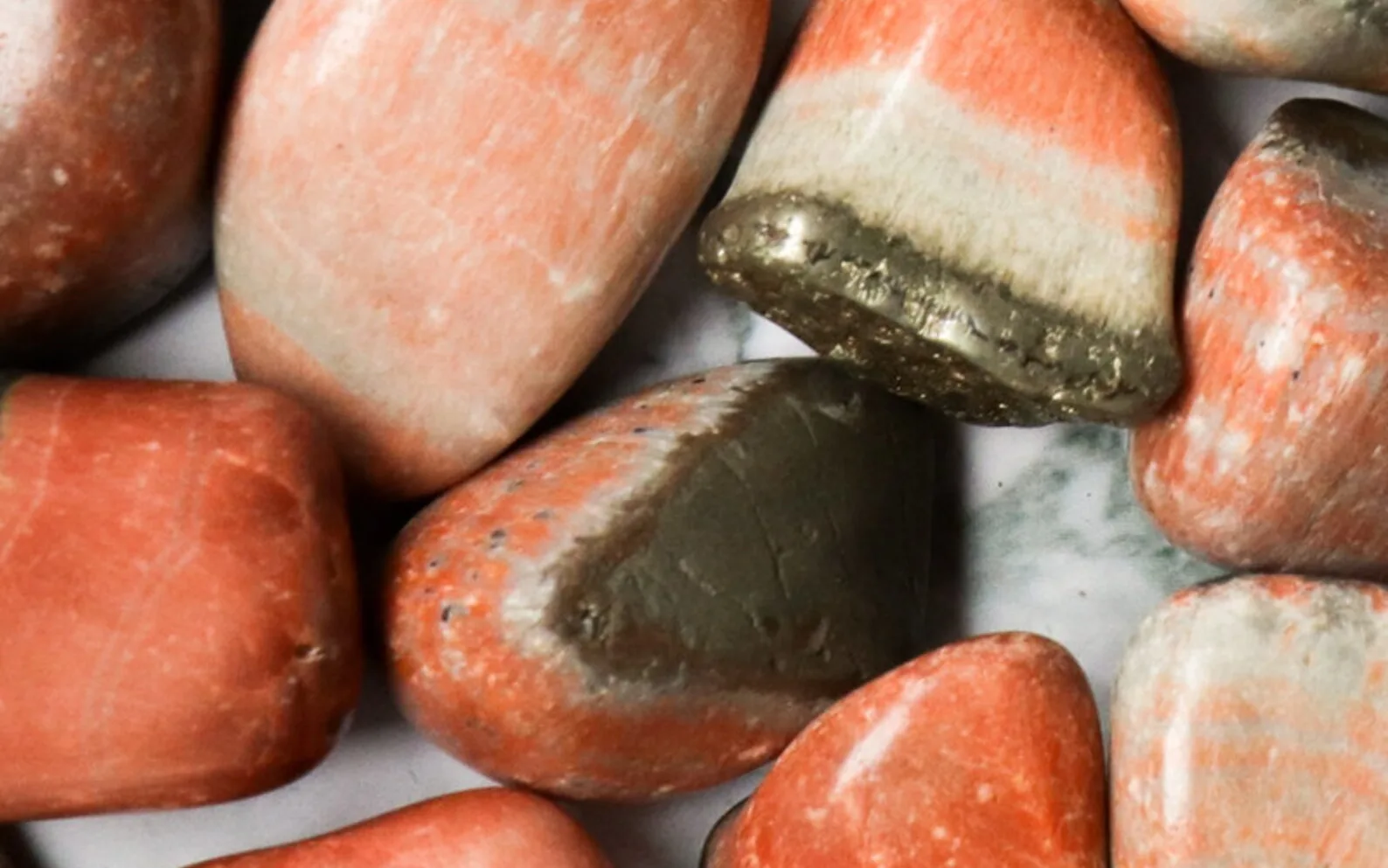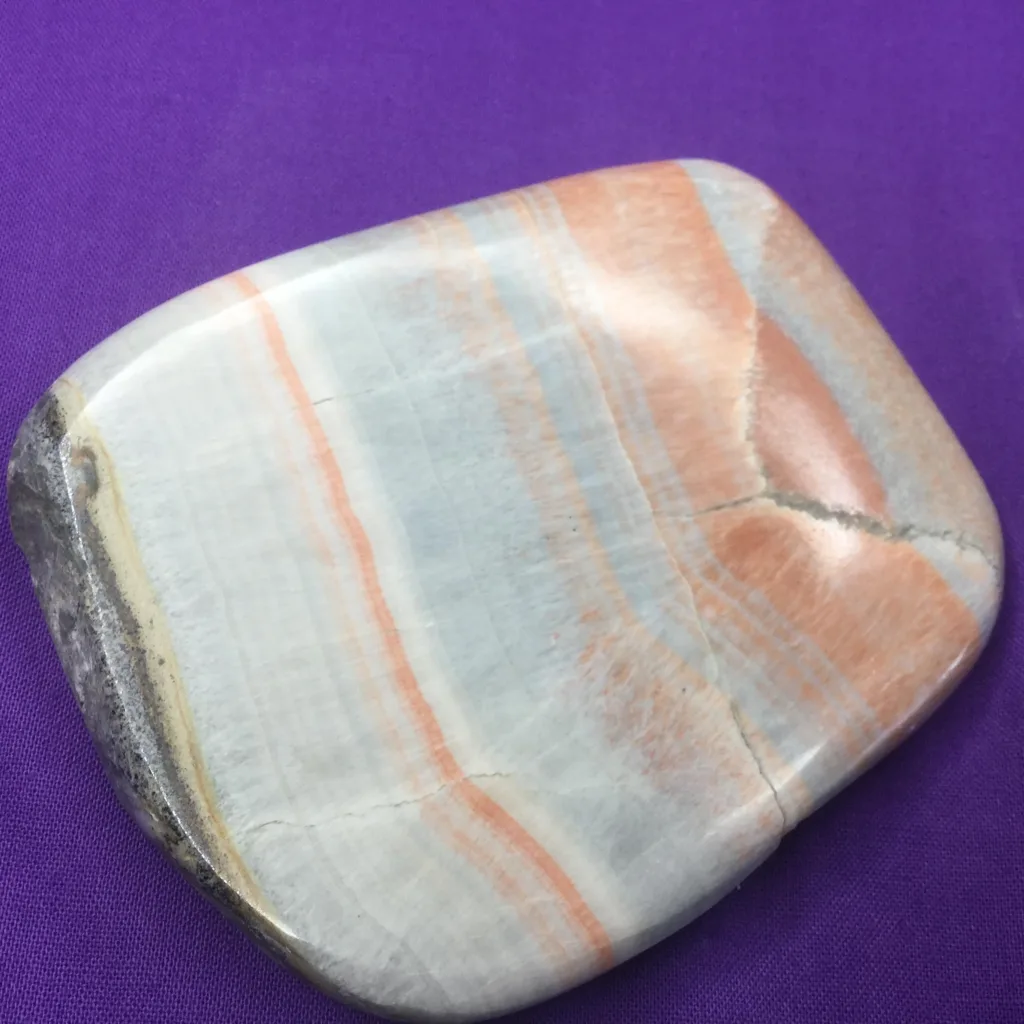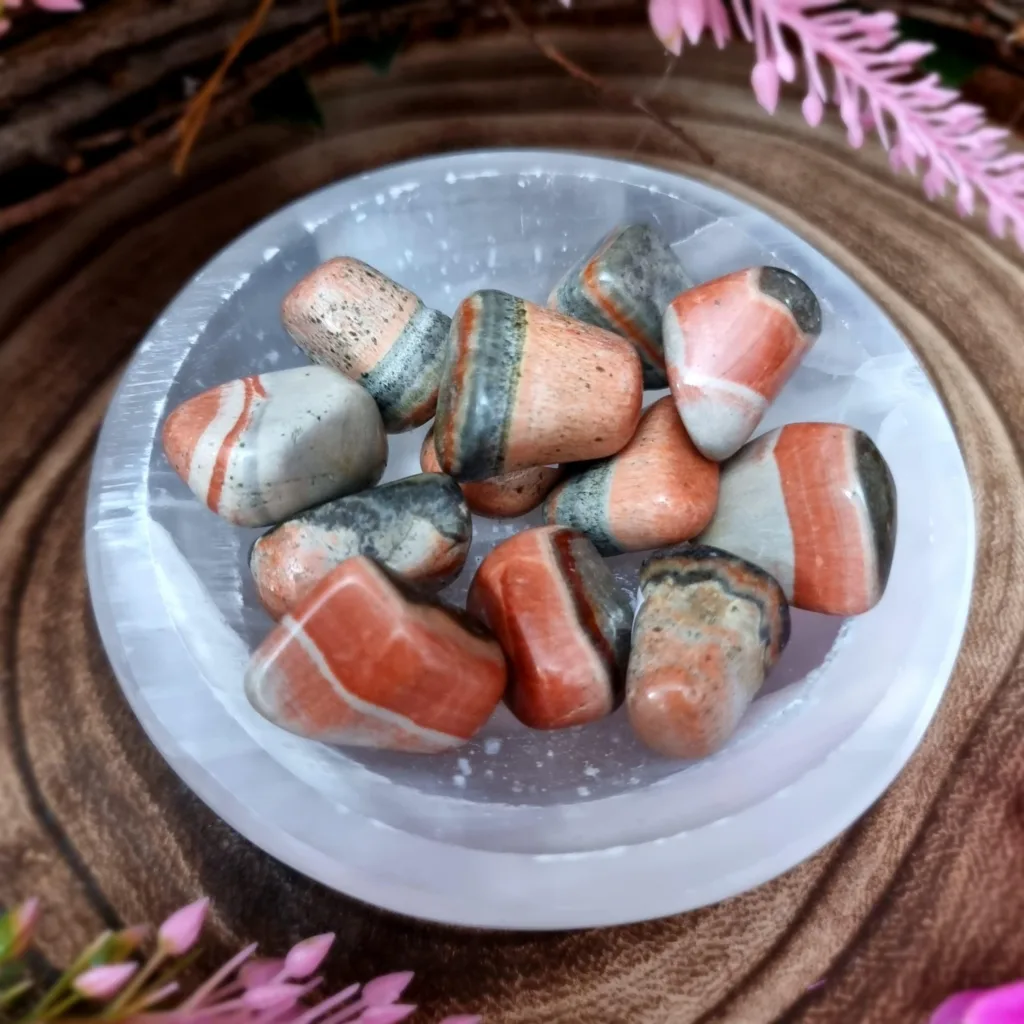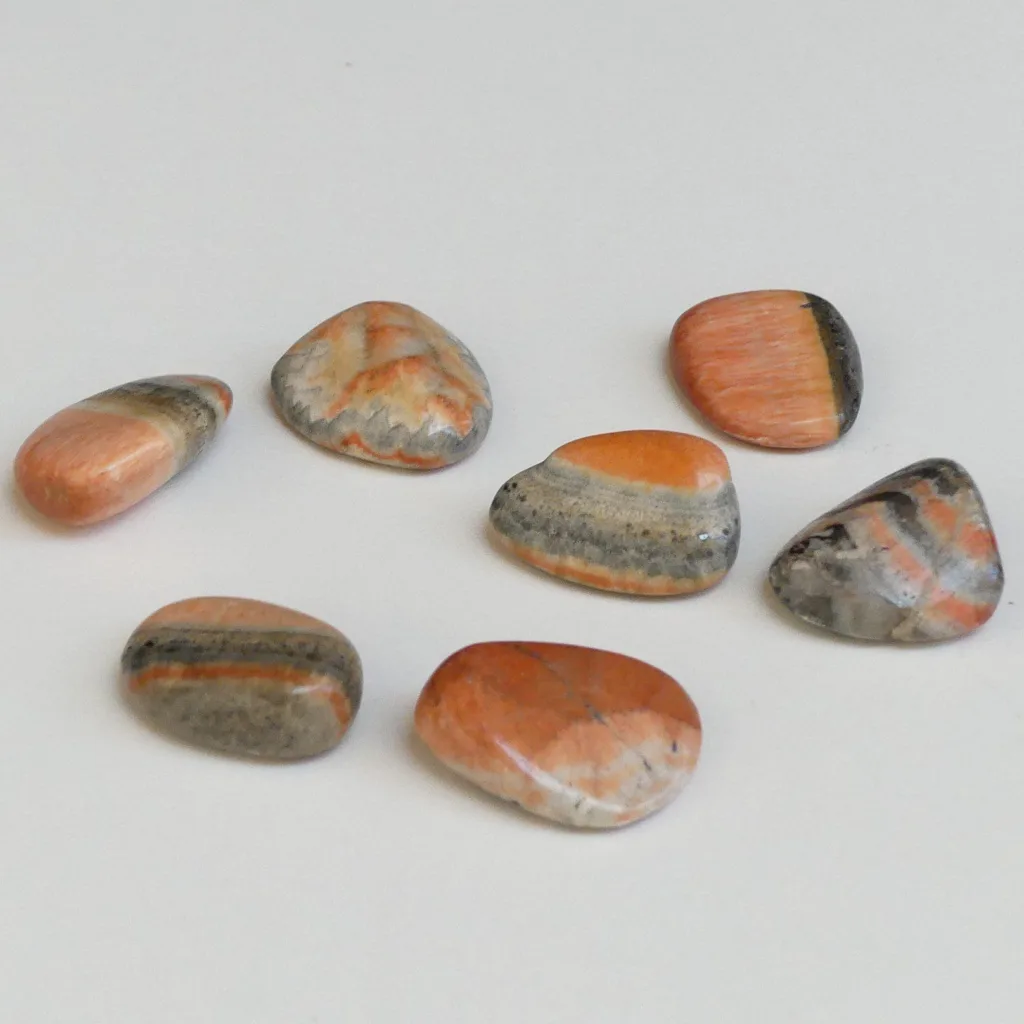Celestobarite is a rare mineral that belongs to the barite group. It is a compound composed of strontium sulfate (SrSO4) and barium sulfate (BaSO4), hence its name, which combines “celestine” (strontium sulfate) and “barite” (barium sulfate).

The mineral typically forms in hydrothermal veins alongside other minerals such as gypsum, anhydrite, and various sulfides. It often occurs as prismatic crystals or in massive form, with colors ranging from white to gray to blue, depending on impurities present in its structure.
Celestobarite is prized by mineral collectors for its rarity and distinctive blue coloration. It has also been used in industrial applications, primarily in the production of pigments, ceramics, and certain types of glass. However, its applications are limited due to its scarcity compared to other barium and strontium minerals.
Occurrence and geological significance

Celestobarite is a relatively rare mineral, and its occurrence is typically associated with specific geological environments. It is commonly found in hydrothermal veins, which are narrow channels in the Earth’s crust formed by hot, mineral-rich fluids circulating through fractures and faults.
These veins often occur in regions of tectonic activity, such as near volcanic systems or along major fault lines. The formation of celestobarite is closely linked to the presence of strontium and barium-rich fluids, which may originate from the alteration of igneous rocks or from deep-seated hydrothermal systems.
The geological significance of celestobarite lies in its association with certain types of ore deposits. For example, celestobarite can be found alongside deposits of lead, zinc, and silver minerals in certain hydrothermal veins. Its presence can serve as an indicator of specific geological processes and conditions that may be favorable for the formation of valuable ore deposits.
Furthermore, the study of celestobarite and its occurrence can provide insights into the geological history and evolution of the Earth’s crust in various regions. By understanding the conditions under which celestobarite forms, geologists can reconstruct past tectonic events and infer the thermal and chemical processes that have shaped the Earth’s lithosphere over time.
Formation

Celestobarite typically forms through hydrothermal processes, which involve the circulation of hot, mineral-rich fluids through fractures and fissures in the Earth’s crust. The formation of celestobarite involves specific geological conditions and processes:
- Hydrothermal Activity: Celestobarite forms in hydrothermal veins, which are channels filled with mineral deposits formed by the precipitation of dissolved minerals from hot fluids. These fluids are often heated by nearby igneous intrusions or by the geothermal gradient within the Earth’s crust.
- Source of Barium and Strontium: The formation of celestobarite requires a source of both barium and strontium. These elements may be derived from the alteration of pre-existing minerals rich in barium and strontium, such as barite (BaSO4) and celestine (SrSO4), respectively. Alternatively, they may be sourced from magmatic fluids associated with volcanic activity.
- Precipitation: As the hydrothermal fluids migrate through fractures in the host rock, they encounter conditions that promote the precipitation of celestobarite. Factors such as changes in temperature, pressure, and chemical composition can cause the dissolved strontium and barium ions to combine with sulfate ions to form celestobarite crystals.
- Crystallization: Celestobarite typically crystallizes in prismatic or tabular crystals within the hydrothermal veins. The growth of these crystals may occur over an extended period as the hydrothermal fluids continue to flow through the vein, depositing additional layers of mineral material.
- Alteration and Secondary Processes: After its initial formation, celestobarite may undergo alteration due to subsequent geological processes such as metamorphism or weathering. It can also interact with other minerals in the vein, leading to the formation of secondary minerals through processes such as ion exchange or metasomatism.
Overall, the formation of celestobarite is a complex interplay of geological factors including the availability of barium and strontium sources, hydrothermal fluid circulation, and the physicochemical conditions within the host rock. Studying the formation of celestobarite provides valuable insights into the processes that shape the Earth’s crust and the distribution of valuable mineral resources.
Physical Properties of Celestobarite

Celestobarite possesses several physical properties that distinguish it from other minerals. Here are some of its key physical characteristics:
- Color: Celestobarite typically exhibits a pale blue to grayish-blue color, though it can sometimes appear white or colorless. The blue coloration is often caused by trace impurities within the crystal structure.
- Luster: It has a vitreous to pearly luster when freshly fractured, giving it a somewhat reflective or pearlescent appearance.
- Crystal Habit: Celestobarite commonly forms prismatic or tabular crystals, often elongated along the c-axis. These crystals can occur singly or aggregated in clusters.
- Cleavage: The mineral typically exhibits perfect cleavage parallel to the {001} crystal face, meaning it can be easily split into thin, flat fragments along this plane.
- Fracture: Celestobarite may also display uneven to subconchoidal fracture surfaces when broken.
- Transparency: It is often transparent to translucent, allowing light to pass through to some extent.
- Hardness: Celestobarite has a hardness of approximately 3 to 3.5 on the Mohs scale, indicating that it is relatively soft compared to many common minerals.
- Specific Gravity: The specific gravity of celestobarite typically ranges from 4.0 to 4.3, indicating that it is notably denser than water.
- Streak: The streak of celestobarite is white, meaning that when scratched against a porcelain streak plate, it leaves a white powdery residue.
- Twinning: Celestobarite crystals may exhibit twinning, often with characteristic twin planes producing a “V” or star-like pattern.
These physical properties are useful for identifying and distinguishing celestobarite from other minerals and are important for both mineralogical studies and practical applications in various industries.
Distribution

Celestobarite is a relatively rare mineral, and its distribution is limited compared to more common minerals like quartz or feldspar. It is found in select locations around the world, typically in association with specific geological settings conducive to its formation. Some notable regions where celestobarite has been discovered include:
- Mexico: Celestobarite is known to occur in several regions of Mexico, including the states of Chihuahua, Coahuila, and Sonora. These deposits are often associated with hydrothermal veins in areas of volcanic activity.
- United States: Celestobarite has been found in various states across the United States, including Nevada, California, Colorado, and New Mexico. These occurrences are typically associated with hydrothermal mineralization in regions of tectonic activity.
- Morocco: Morocco is another significant producer of celestobarite, with deposits found in regions such as the Atlas Mountains. These deposits are often associated with sedimentary rocks and are formed through the alteration of pre-existing minerals.
- Germany: Celestobarite occurrences have been reported in Germany, particularly in the regions of Thuringia and Bavaria. These deposits are associated with hydrothermal veins in areas of ancient volcanic activity.
- Russia: Celestobarite has been found in Russia, particularly in the Ural Mountains region. These occurrences are associated with hydrothermal mineralization in geological settings similar to those found in other regions of the world.
While these are some of the primary regions where celestobarite has been discovered, occurrences may also be found in other countries with appropriate geological conditions. However, due to its rarity, celestobarite is not typically mined on a large scale, and commercial production is limited. Most of the material available for study and collection comes from small-scale mining operations or mineral specimens recovered during exploration activities.
Uses and Applications

Celestobarite, despite its rarity, has a few notable uses and applications:
- Mineral Specimens: One of the primary uses of celestobarite is as a mineral specimen for collectors and enthusiasts. Its distinctive blue color and crystal habit make it an attractive addition to mineral collections.
- Pigments: Celestobarite has been used as a source of blue pigment in the past, although its application in this regard is limited due to its scarcity compared to other minerals like azurite or ultramarine.
- Ceramics: In some cases, celestobarite may be utilized in the production of ceramics. Its high specific gravity and heat resistance make it suitable for certain specialized ceramic applications.
- Glassmaking: Celestobarite may also find use in glassmaking, particularly in the production of specialty glass products where its unique properties may be advantageous.
- Metaphysical and New Age Practices: Like many other minerals, celestobarite is sometimes used in metaphysical practices and as a component in various New Age products such as crystals, gemstones, or energy healing tools. However, its use in such applications is largely based on belief systems rather than scientific evidence.
Overall, while celestobarite has some industrial and commercial applications, its primary value lies in its rarity and aesthetic appeal, making it sought after by mineral collectors and enthusiasts.




































